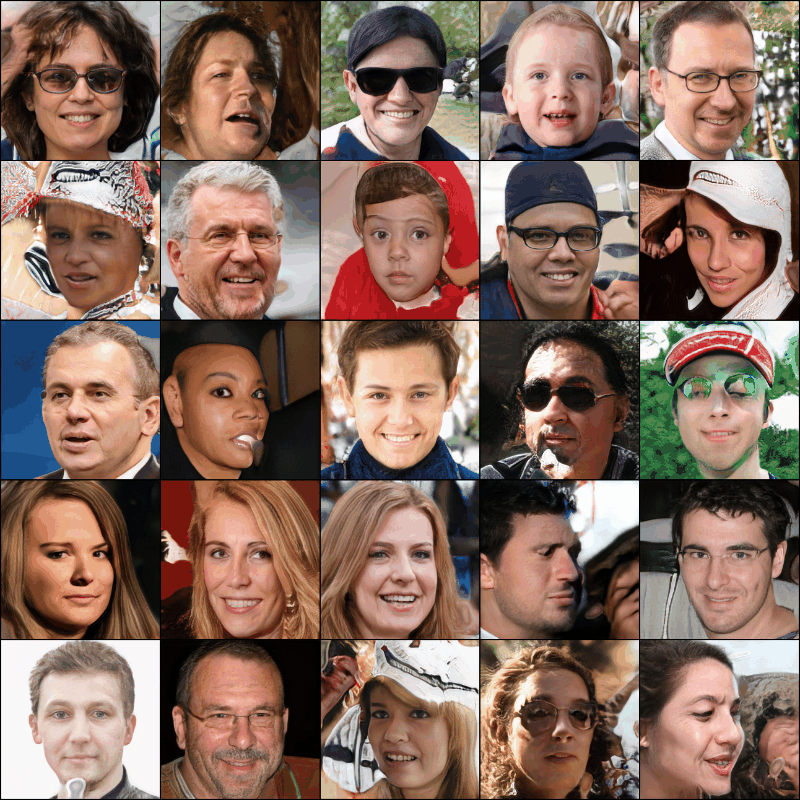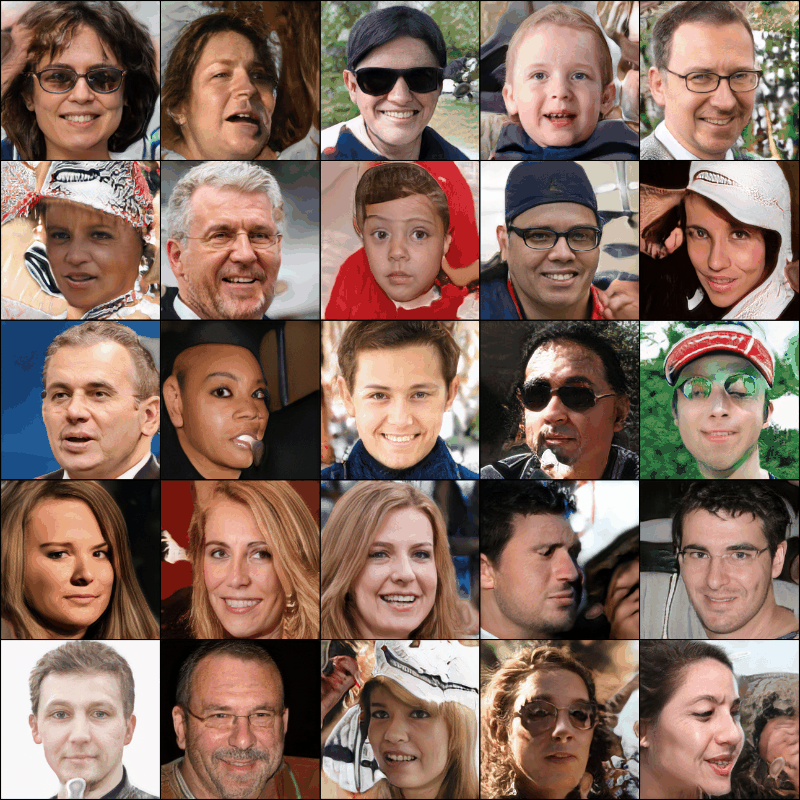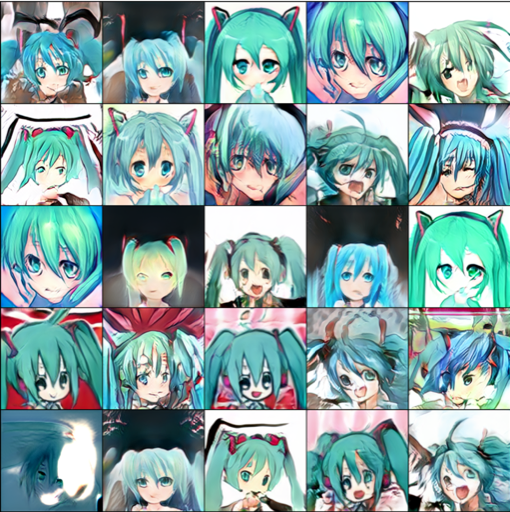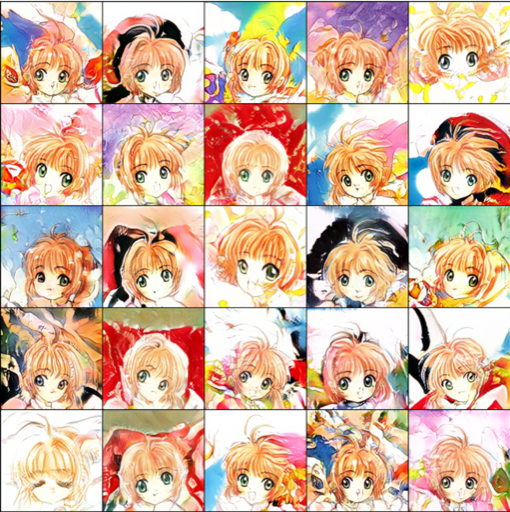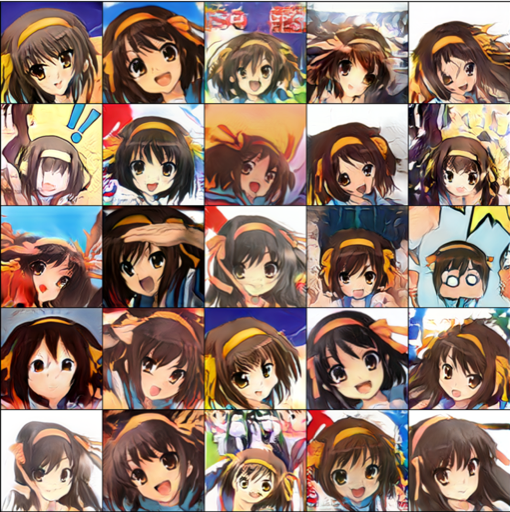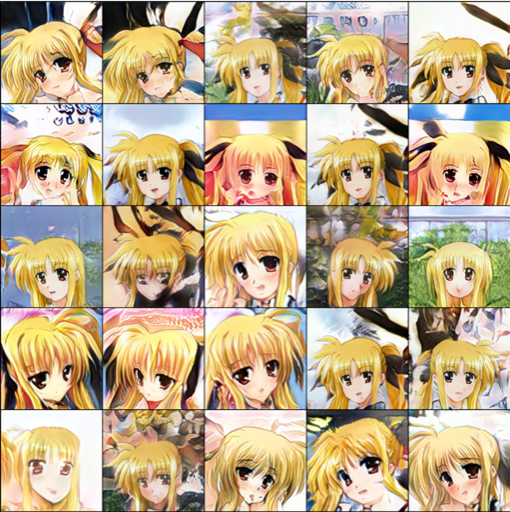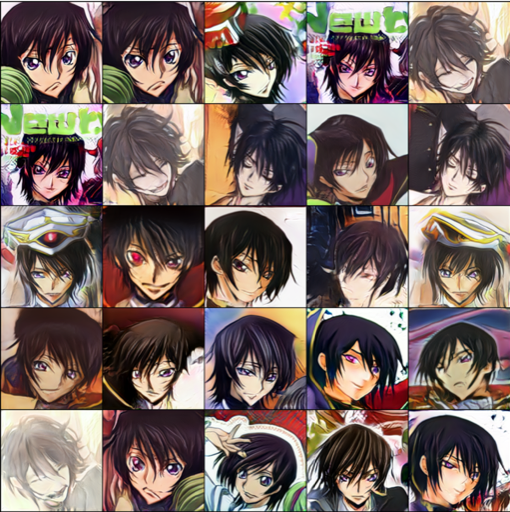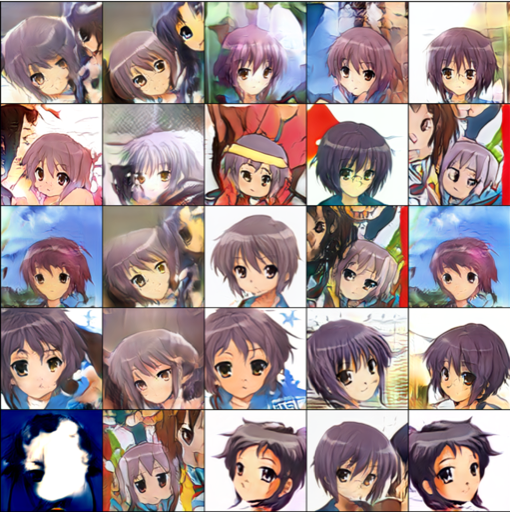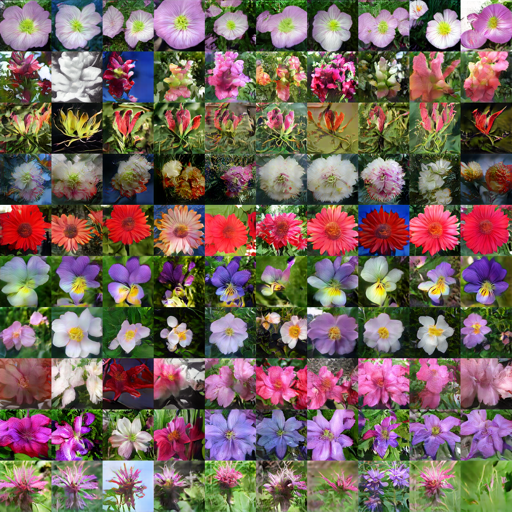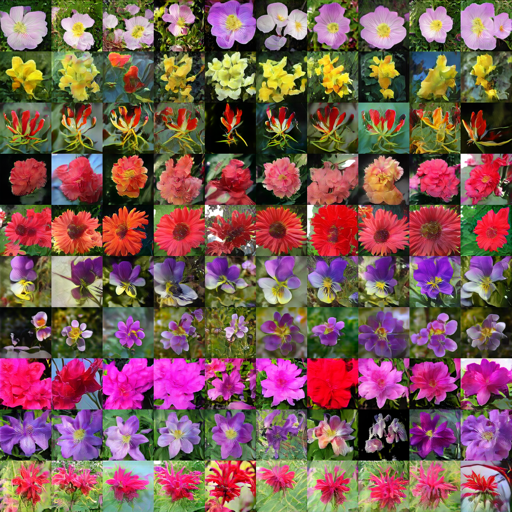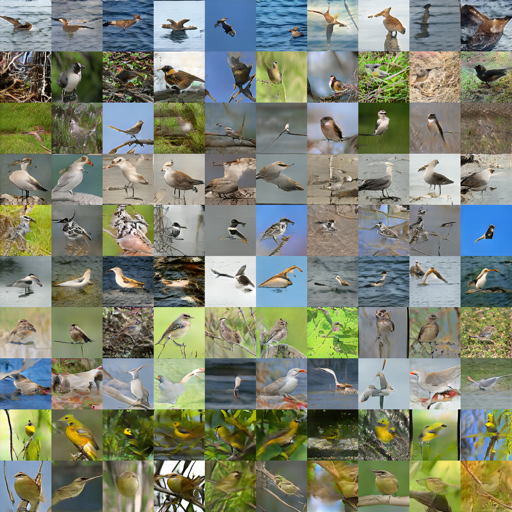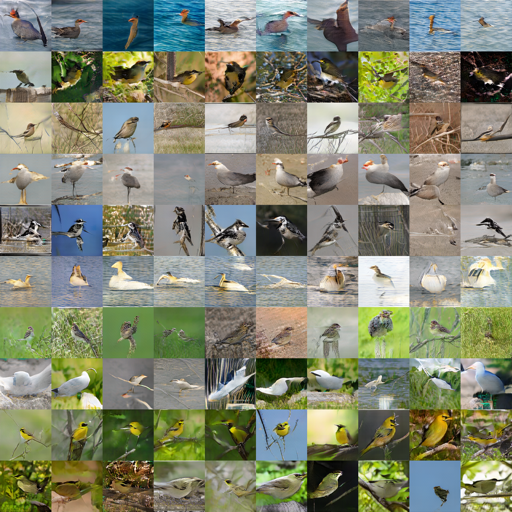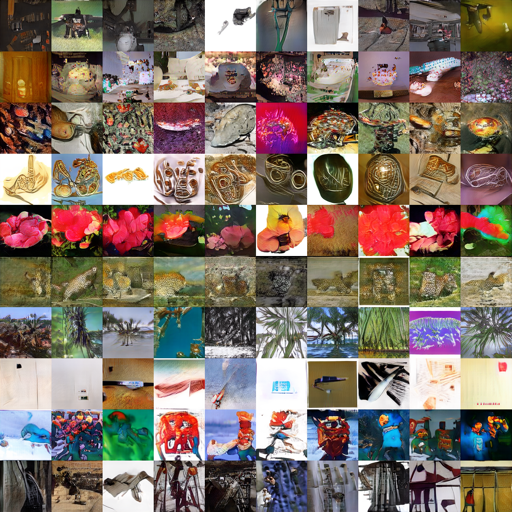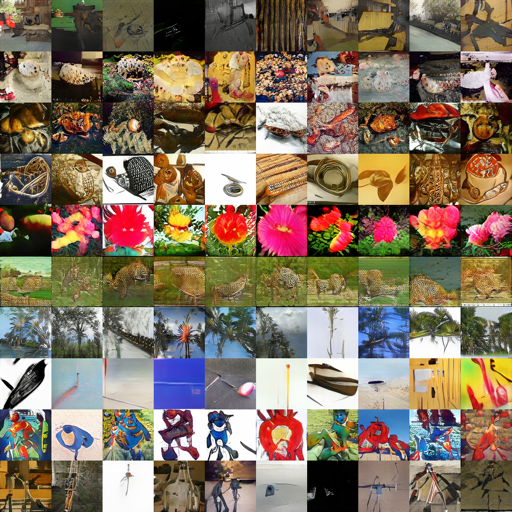DraganA stable algorithm for GAN training
Stars: ✭ 189 (-3.08%)
Mutual labels: gan, generative-adversarial-network
A Pytorch Tutorial To Super ResolutionPhoto-Realistic Single Image Super-Resolution Using a Generative Adversarial Network | a PyTorch Tutorial to Super-Resolution
Stars: ✭ 157 (-19.49%)
Mutual labels: gan, generative-adversarial-network
Stylegan.pytorchA PyTorch implementation for StyleGAN with full features.
Stars: ✭ 150 (-23.08%)
Mutual labels: gan, generative-adversarial-network
Image generatorDCGAN image generator 🖼️.
Stars: ✭ 173 (-11.28%)
Mutual labels: gan, generative-adversarial-network
ShapeganGenerative Adversarial Networks and Autoencoders for 3D Shapes
Stars: ✭ 151 (-22.56%)
Mutual labels: gan, generative-adversarial-network
Anime Face Gan KerasA DCGAN to generate anime faces using custom mined dataset
Stars: ✭ 161 (-17.44%)
Mutual labels: gan, generative-adversarial-network
Tsit[ECCV 2020 Spotlight] A Simple and Versatile Framework for Image-to-Image Translation
Stars: ✭ 141 (-27.69%)
Mutual labels: gan, generative-adversarial-network
GannotationGANnotation (PyTorch): Landmark-guided face to face synthesis using GANs (And a triple consistency loss!)
Stars: ✭ 167 (-14.36%)
Mutual labels: gan, generative-adversarial-network
Accel Brain CodeThe purpose of this repository is to make prototypes as case study in the context of proof of concept(PoC) and research and development(R&D) that I have written in my website. The main research topics are Auto-Encoders in relation to the representation learning, the statistical machine learning for energy-based models, adversarial generation networks(GANs), Deep Reinforcement Learning such as Deep Q-Networks, semi-supervised learning, and neural network language model for natural language processing.
Stars: ✭ 166 (-14.87%)
Mutual labels: generative-adversarial-network, transfer-learning
Tensorflow Infogan🎎 InfoGAN: Interpretable Representation Learning
Stars: ✭ 149 (-23.59%)
Mutual labels: gan, generative-adversarial-network
Gan2shapeCode for GAN2Shape (ICLR2021 oral)
Stars: ✭ 183 (-6.15%)
Mutual labels: gan, generative-adversarial-network
P2palaPage to PAGE Layout Analysis Tool
Stars: ✭ 147 (-24.62%)
Mutual labels: gan, generative-adversarial-network
Anogan KerasUnsupervised anomaly detection with generative model, keras implementation
Stars: ✭ 157 (-19.49%)
Mutual labels: gan, generative-adversarial-network
FrontalizationPytorch deep learning face frontalization model
Stars: ✭ 160 (-17.95%)
Mutual labels: gan, generative-adversarial-network
Nice Gan PytorchOfficial PyTorch implementation of NICE-GAN: Reusing Discriminators for Encoding: Towards Unsupervised Image-to-Image Translation
Stars: ✭ 140 (-28.21%)
Mutual labels: gan, generative-adversarial-network
Focal Frequency LossFocal Frequency Loss for Generative Models
Stars: ✭ 141 (-27.69%)
Mutual labels: gan, generative-adversarial-network
Tensorflow Mnist Gan DcganTensorflow implementation of Generative Adversarial Networks (GAN) and Deep Convolutional Generative Adversarial Netwokrs for MNIST dataset.
Stars: ✭ 163 (-16.41%)
Mutual labels: gan, generative-adversarial-network
FaceganTF implementation of our ECCV 2018 paper: Semi-supervised Adversarial Learning to Generate Photorealistic Face Images of New Identities from 3D Morphable Model
Stars: ✭ 176 (-9.74%)
Mutual labels: gan, generative-adversarial-network

